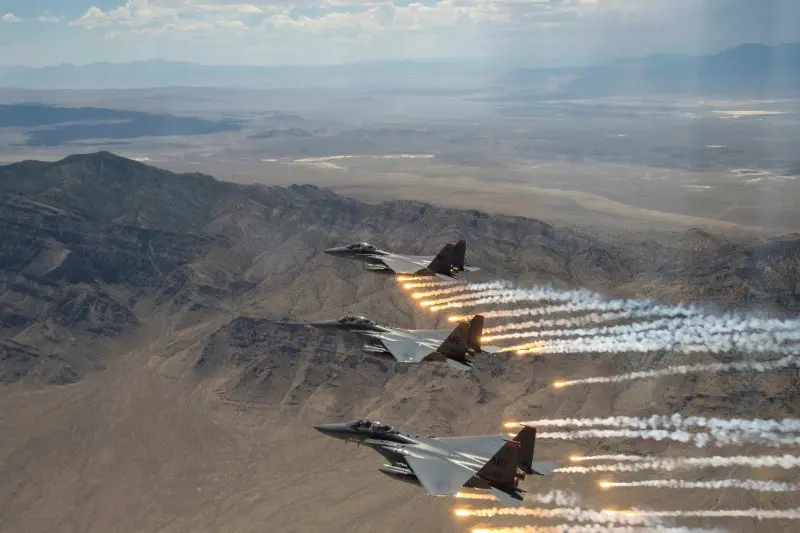The United States must boost its production of hypersonic weapons if it’s to adequately counter and deter the capabilities being developed by China, according to a senior Pentagon official.
“I would say that everything we’re doing in terms of the interceptors, the strike weapons, isn’t going to make a difference unless we have sufficient quantities,” said Gillian Bussey, director of the Joint Hypersonics Transition Office at the Department of Defense.




